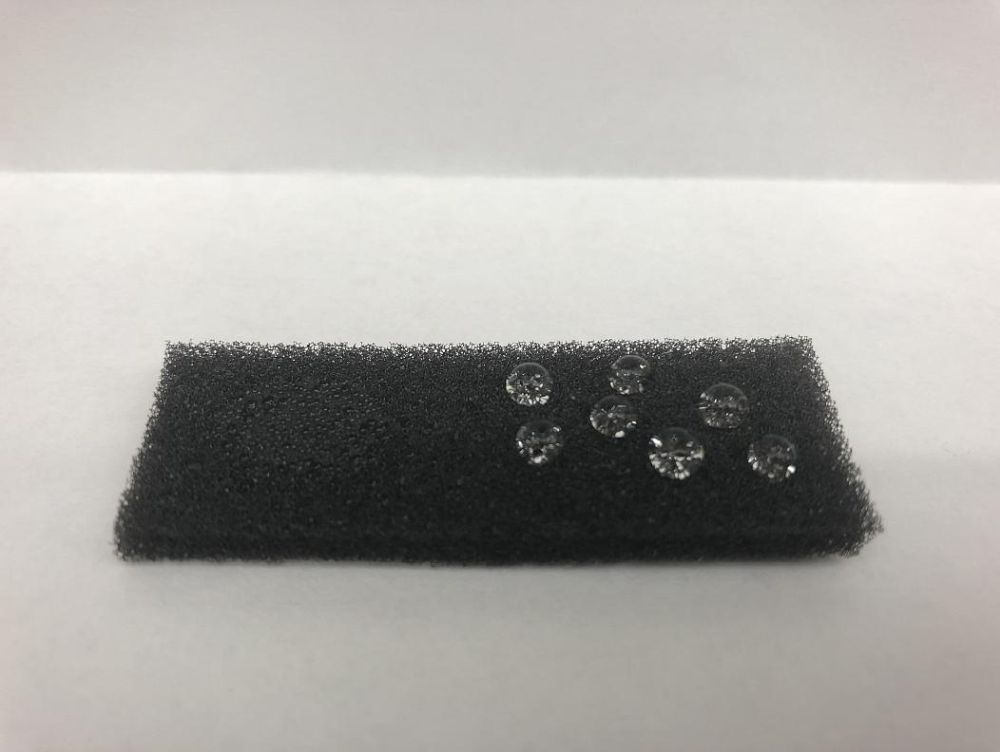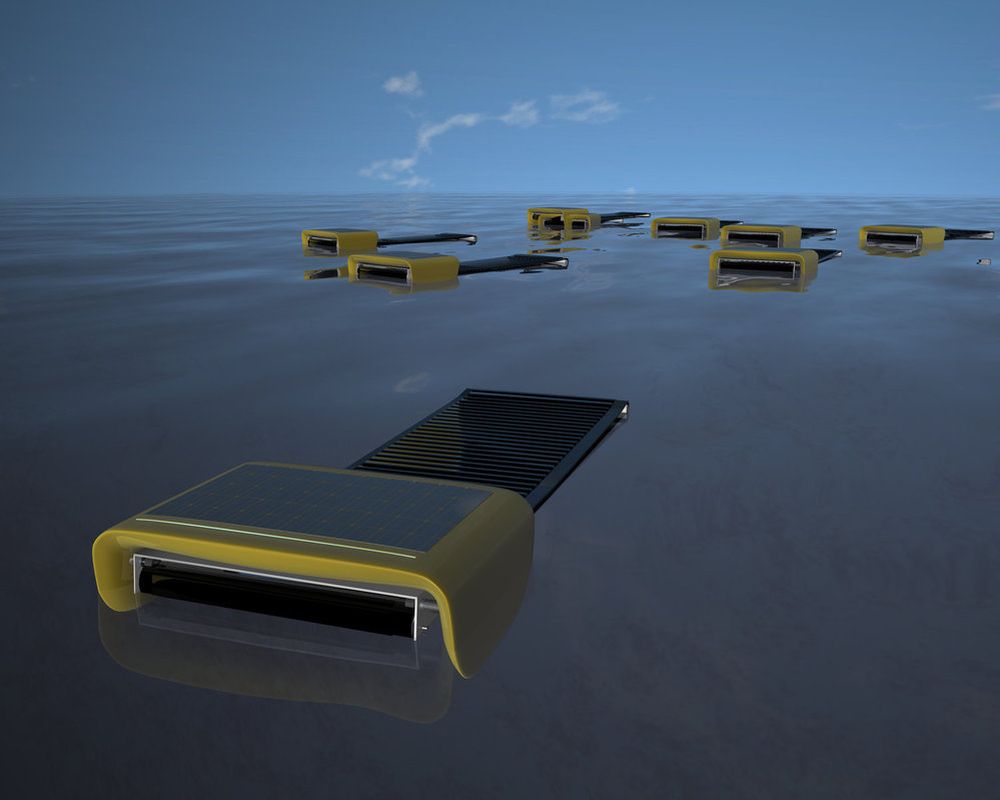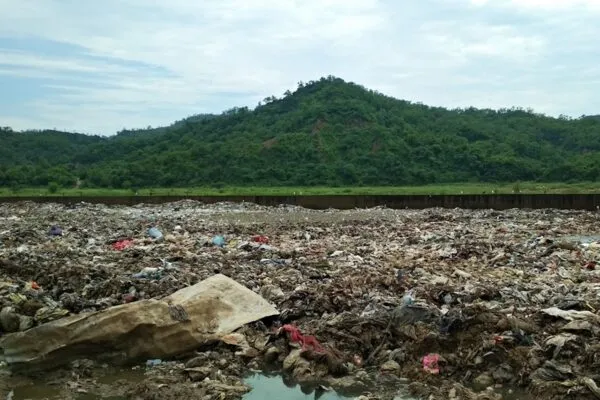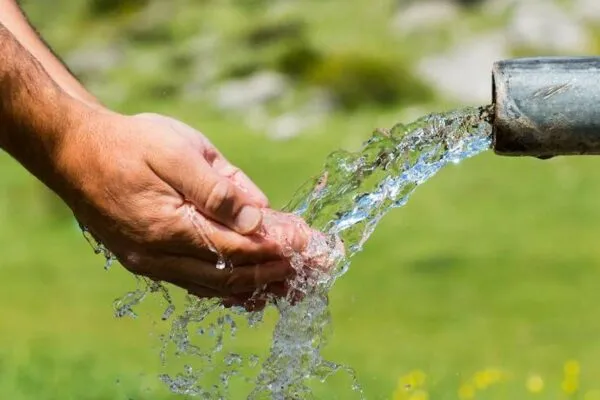Scientists Develop Novel Methods to Clean Up Oil Spills
Recent major oil spills across the world have forced the communities to rethink the methods to clean these disastrous occurring. Special sponges, magnetic soap and autonomous machines are among the latest inventions that are specifically designed to tackle oil spills.
There have been two major recent incidents of oil spills this year. A ship MV Wakashio stranded in Mauritius in August, spilling a huge amount of oil in the sea; while in June, Russia declared a state of emergency after 20,000 tonnes of diesel fuel spilled from a power plant in Norilsk into the Ambarnaya River, which flows into the Arctic Ocean.
These incidents not only devastate the environment and threaten the communities who rely on the sea or tourism for their livelihood, but they often take months, even years sometimes, to clean up. Therefore, scientists have come up with a few innovative solutions to tackle this environmental issue.
Sponge to Clean Oil Spills
Professor Vinayak Dravid and Vikas Nandwana, a PhD student, believe the humble sponge could be a potent cleaner in the fight against oil spillages in the oceans. Both at Northwestern University, Illinois, have developed a sponge that is capable of selectively soaking up oil spills. The oleophilic, hydrophobic, and magnetic (OHM) sponge is an economical, efficient and eco-friendly solution. Dravid said,
As long as fossil fuels are still in circulation, there will always be oil spills. We wanted to create a technology which can make cleaning oil spillages much easier and, more importantly, much cleaner and safer for the environment. We are confident this sponge could help save the fauna and flora on Mauritius’s shores. Its biggest advantage is how the sponge can be made into balls to be left in an oil-laden sand or soil pit. The oil will get absorbed in days, and the sponge can be reused.
The sponge features a coating of magnetic nanostructures and a carbon-based surface, which attracts oil while resisting water. Attaching to the oil molecules, it captures and stores the oil until it is squeezed out, and can absorb more than 30 times its weight in oil.

Smart sponge will clean up oil spills on the oceans | Image: Northwestern University
To test the efficacy of this method, the team put the sponge on a shaker submerged in water, which imitated the natural waves. Even after vigorous shaking, the sponge released less than 1 percent of the oil it had absorbed in the water.
It has been a decade since the devastating Deepwater Horizon spill in the US. The oil production has now outstripped pre-accident levels in the meantime, which has raised safety concerns within the Trump administration.
Nandwana compares the sponge to a Swiss army knife of the future. He said that the oil recovered from these sponges can be sold back to whoever is responsible for the spill. It is hoped that after an oil recovery, the sponge can be recycled and burned into soot to be used as an electrode for lithium-ion batteries.
Magnetic Soap to Attract Oil Molecules
Though an unusual option, magnetic soap has become another potent solution to clean up oil spills on the seas. Scientists from Bristol University have created a soap that composes dissolvable iron-rich salts, which responds to magnetic fields when placed in solution.
The scientists believe that the soap could become a pivotal point in industrial cleaning operations and environmental clean-up procedures.
Professor Julian Eastoe, part of the team who developed the magnetic soap, said,
The potential applications of magnetic surfactants are huge. Their responsiveness to external stimuli allows a range of properties, such as their electrical conductivity, melting point, the size and shape, and how readily it dissolves in water, to be altered by a simple magnetic on and off switch.
Autonomous Robots
Robotics was a distant dream a few years ago, but now these machines have integrated themselves into many aspects of human civilization. It is believed that autonomous robots can be another solution to clean up spillage of oil.
Carlo Ratti, the director of the MIT Senseable City Lab, has developed the Sea Swarm robot, responding to the Deepwater Horizon oil spill. He said,
This technology was conceived to be deployed anywhere it was needed – in oceans, rivers, or seas. It’s mostly useful in deltas and zigzagging coastlines where most of the other technologies fail. We all need to be accountable for the environment. Some accidents are still bound to occur, so we still need to develop mitigation or cleaning strategies.
The machine can hold up to 20 times its weight in oil. It functions as a fleet or “swarm” of vehicles, sharing their location through GPS. Each robot features a head covered by a coating of photovoltaic cells and a conveyor belt covered with tiny wires. The cells produce plenty of electricity to push the vehicles forward for many weeks at a time.

Sea Swarm robot can clean up oil spills in open waters | Image: Sea Swarm
According to Ratti, with the head moving in the water, the conveyor belt keeps rotating and absorbing the pollution. Thereafter, the nanowire-covered belt is compressed to release the oil. As the clean part of the belt comes out of the head, it immediately starts sucking up oil, making the collection process flawless. Afterward each use, the fabric can be heated to remove the oil. Once the oil is removed, the nanowire mesh can be recycled over and again.


